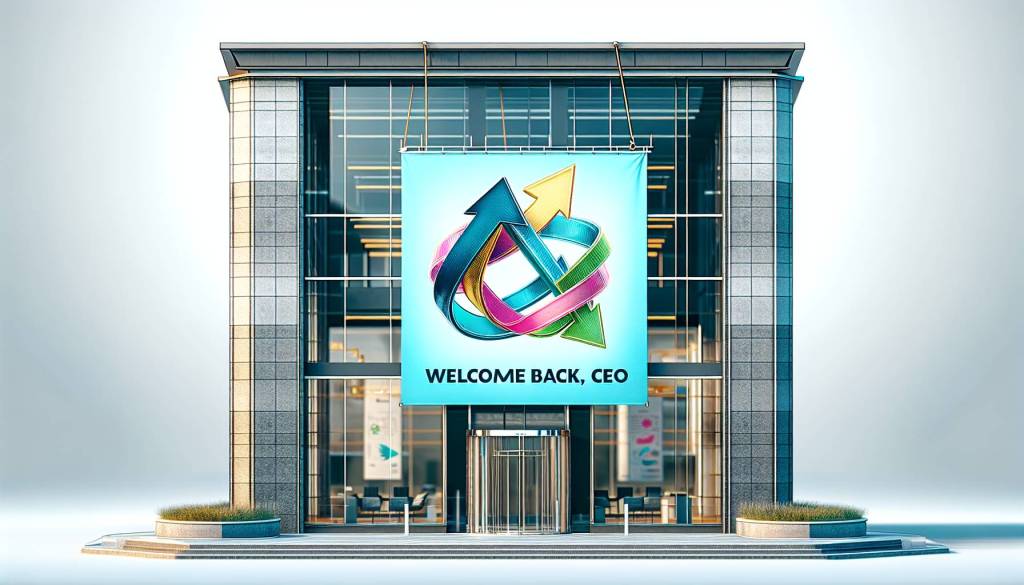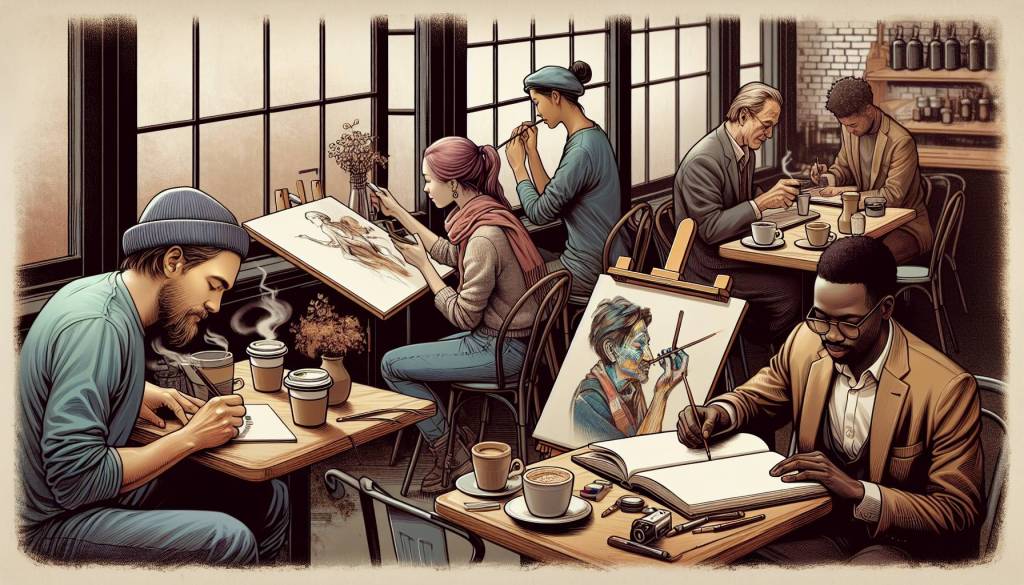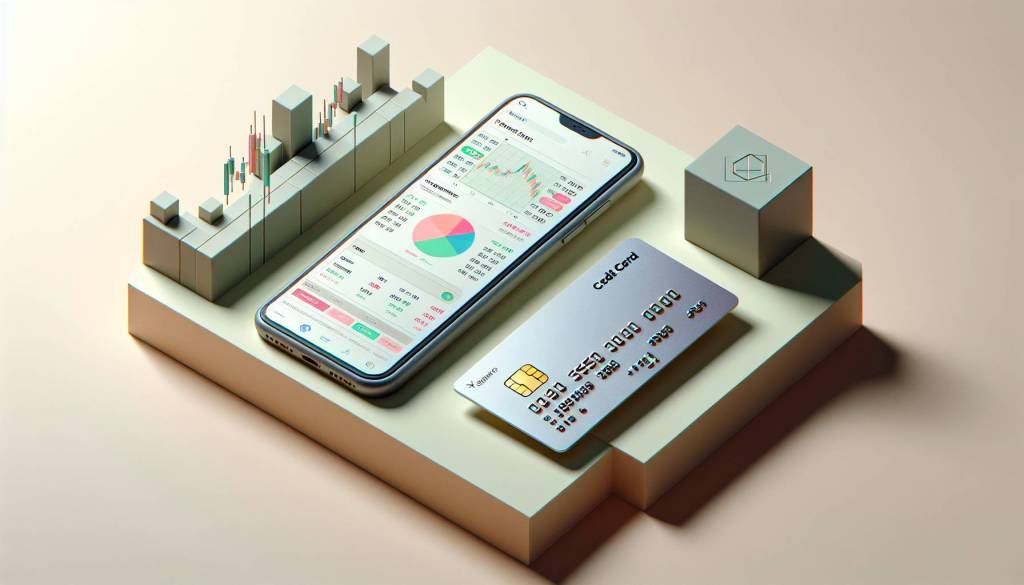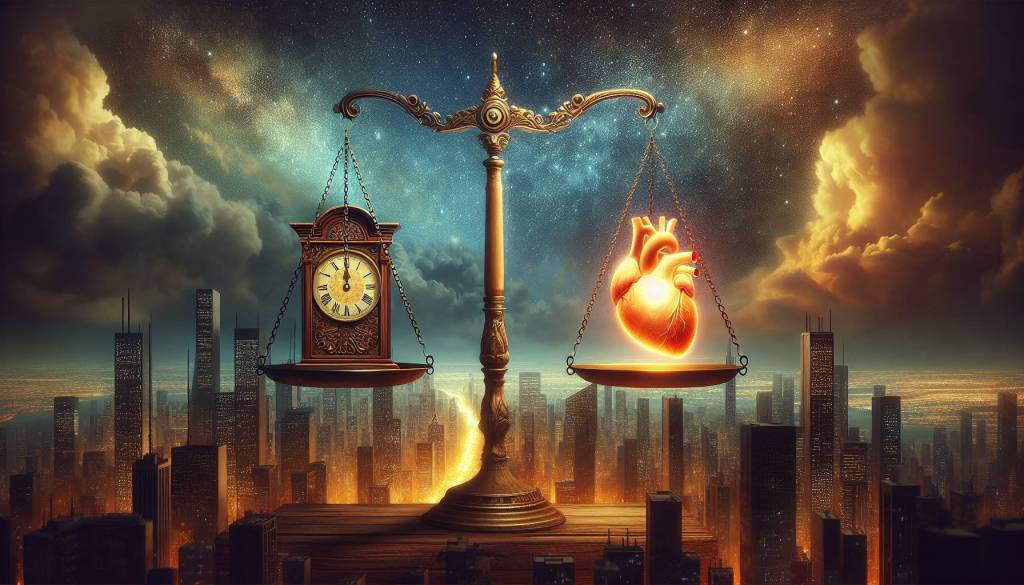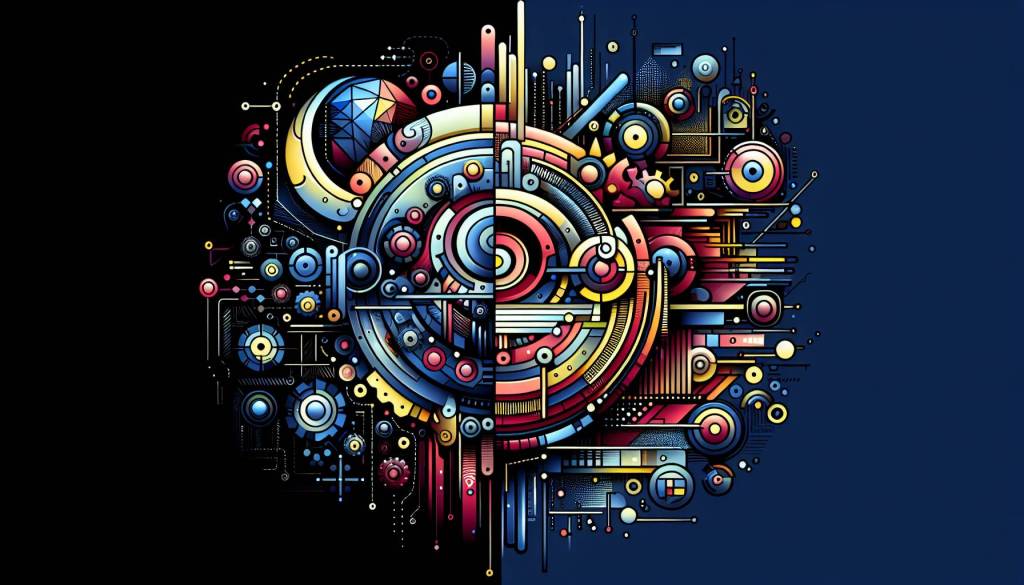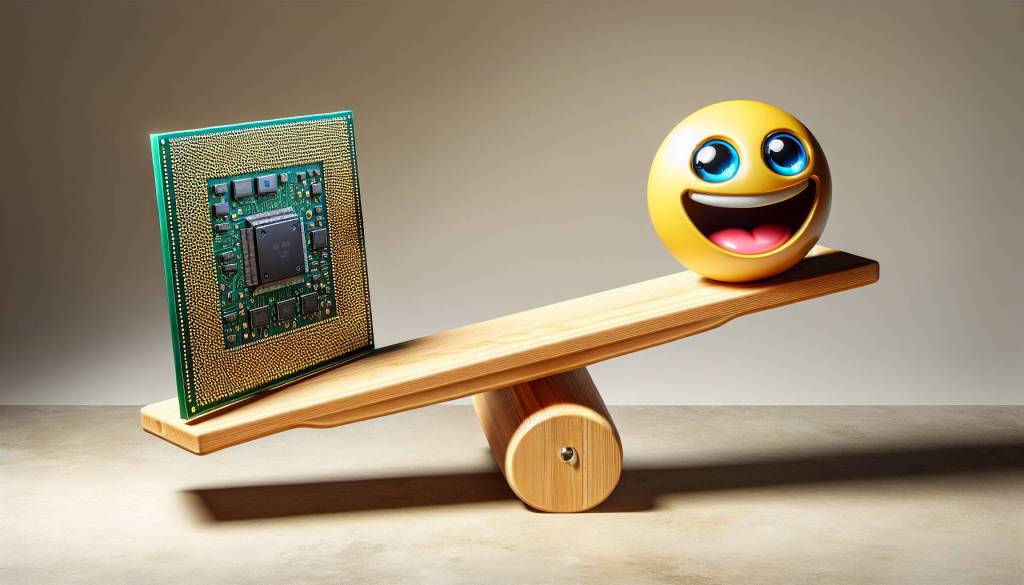The world of Spanish football has witnessed a significant transformation with the rebranding of La Liga. This rebranding initiative aims to visually align the league with its new sponsor, EA Sports FC, in order to captivate the attention of Gen Z fans who are avid players of the popular FIFA video game series. The marriage between La Liga and EA Sports FC is not a mere marketing strategy; it represents a convergence of the virtual and physical worlds of football, as well as an exploration of new possibilities in sports broadcasting.
Embracing the Video Game Aesthetic
La Liga’s collaboration with EA Sports FC has allowed the league to delve into the realm of in-game broadcast style. This style, long admired by sports production experts, brings a unique visual experience to the fans. La Liga Tech, the subsidiary responsible for the league’s technological solutions, has been instrumental in collecting vast amounts of on-pitch data. While the video game effortlessly presents this data, physical broadcasters face the challenge of effectively showcasing it. However, La Liga has taken the initiative to present this data in innovative ways during live games.
Roger Brosel, the head of content at La Liga, emphasizes the league’s commitment to a “video-first” identity. This identity involves granting unprecedented access to players, even in the locker rooms, and enforcing a consistent visual style across various platforms. Unlike the English Premier League, which is influenced by the broadcasters holding the rights, La Liga retains complete control over its output through its partnership with Spanish sports rights and broadcasting group Mediapro. This control has empowered La Liga to seamlessly integrate EA Sports FC into its product and replicate the virtual camera angles and real-time graphics that define the video game experience.
Enhancing the Fan Experience
La Liga’s ambition extends beyond merely emulating the aesthetics of the video game. The league aims to enhance the fan experience by embracing interactive and immersive technologies. One notable innovation is the use of dynamic augmented reality (AR) graphics presented in real-time, providing fans with additional details during lulls in the game’s momentum. These AR graphics were initially introduced during the pandemic as a means to add excitement to empty stadiums. Interestingly, the league utilized the stadium audio it sends to EA Sports for the video game, further blurring the lines between the virtual and physical realms of football.
La Liga has also embraced technology to foster a closer connection with fans. By leveraging QR codes, the league promotes matches and hosts competitions, allowing fans to actively engage with the game. Furthermore, the league has undergone a rebranding process that incorporates lighter colors and a change in font sizes to ensure readability on mobile devices. With up to 20% of match viewers watching on mobile or tablet, this shift in design reflects La Liga’s commitment to adapting to the changing habits of its audience.
Expanding the Boundaries
La Liga’s partnership with EA Sports FC has not only transformed the league’s visual identity but has also expanded the boundaries of sports broadcasting. The video game’s limitless virtual camera angles have inspired La Liga to experiment with new camera setups, including bench, aerial, and cinematic cameras, to bring the in-game visuals to life within the sport itself. These innovations provide fans with a broadcast experience that closely resembles the immersive nature of the FIFA video game.
On the AR front, La Liga has recognized the importance of interactivity in engaging young viewers. The league has actively sought ways to implement AR visuals, allowing for a more captivating and informative broadcast. This commitment to technological innovation and audience engagement has propelled La Liga into a new era of sports broadcasting, setting a benchmark for other leagues and brands to follow.
The Impact of La Liga’s Rebranding
La Liga’s rebranding efforts in collaboration with EA Sports FC have yielded remarkable results. The league’s match rights have doubled in value, with the 2016/17 season serving as a turning point in its journey to produce its own matches. La Liga’s production standards, combined with its distribution partnerships, have allowed for greater consistency and control over the league’s output. This control, coupled with the integration of EA Sports FC’s in-game broadcast style, has positioned La Liga as a trailblazer in the realm of sports broadcasting.
The rebranding has not only enhanced the league’s visual identity but has also provided fans with an enriched viewing experience. The implementation of new camera angles, real-time graphics, and interactive AR visuals has brought the virtual world of FIFA to the stadiums of La Liga. By bridging the gap between the video game and real-life football, La Liga has tapped into the immense popularity of EA Sports FC and forged a deeper connection with its audience.
Future Possibilities
La Liga’s transformation through its collaboration with EA Sports FC represents just the beginning of a new era in sports broadcasting. The league’s ambition to emulate the video game experience and engage fans on multiple platforms has opened up a world of possibilities. As technology continues to evolve, we can expect even more immersive and interactive experiences that push the boundaries of sports broadcasting.
La Liga’s success story serves as a testament to the power of collaboration and innovation. By embracing the aesthetics and technology of the FIFA video game series, the league has secured its position as a leader in the world of football broadcasting. As La Liga continues to evolve and adapt to the changing landscape of sports media, fans can look forward to a future filled with exciting advancements and an even more immersive viewing experience.
See first source: The Drum
FAQ
Q1: What is the purpose of La Liga’s rebranding initiative with EA Sports FC?
A1: La Liga’s rebranding aims to align the league visually with its sponsor, EA Sports FC, to engage Gen Z fans who are avid FIFA video game players and explore new possibilities in sports broadcasting.
Q2: How is La Liga embracing the video game aesthetic in its broadcasts?
A2: La Liga collaborates with EA Sports FC to replicate the in-game broadcast style, including virtual camera angles and real-time graphics, to enhance the visual experience for fans during live games.
Q3: Who controls La Liga’s output and broadcasting standards?
A3: La Liga retains complete control over its output through its partnership with Spanish sports rights and broadcasting group Mediapro, ensuring a consistent visual style and product integration.
Q4: How does La Liga enhance the fan experience through technology?
A4: La Liga incorporates dynamic augmented reality (AR) graphics, QR codes for fan engagement, and mobile-friendly design to connect with fans and adapt to changing viewing habits.
Q5: How has La Liga expanded the boundaries of sports broadcasting with EA Sports FC?
A5: La Liga experiments with new camera setups and interactive AR visuals inspired by the FIFA video game, creating a more immersive and engaging broadcast experience.
Q6: What impact has La Liga’s rebranding had on the league?
A6: La Liga’s match rights have doubled in value, and the league has established itself as a trailblazer in sports broadcasting, providing fans with an enriched viewing experience.
Q7: What does the future hold for La Liga’s rebranding efforts?
A7: La Liga’s collaboration with EA Sports FC is just the beginning of a new era in sports broadcasting. As technology evolves, fans can expect even more immersive and interactive experiences.
Featured Image Credit: Wesley Tingey; Unsplash – Thank you!



